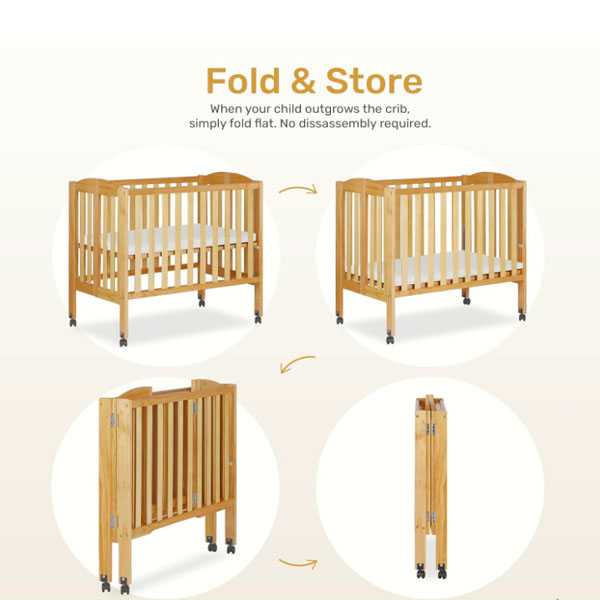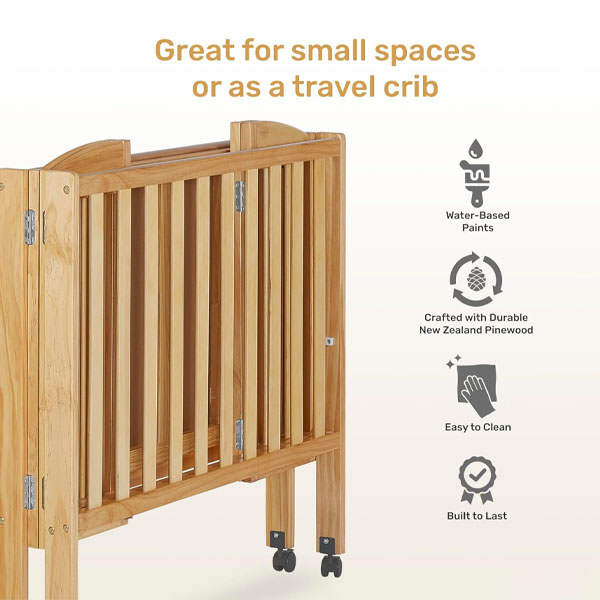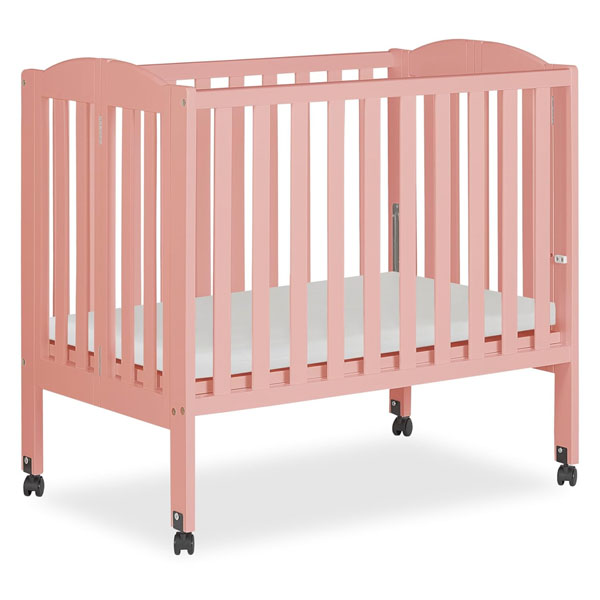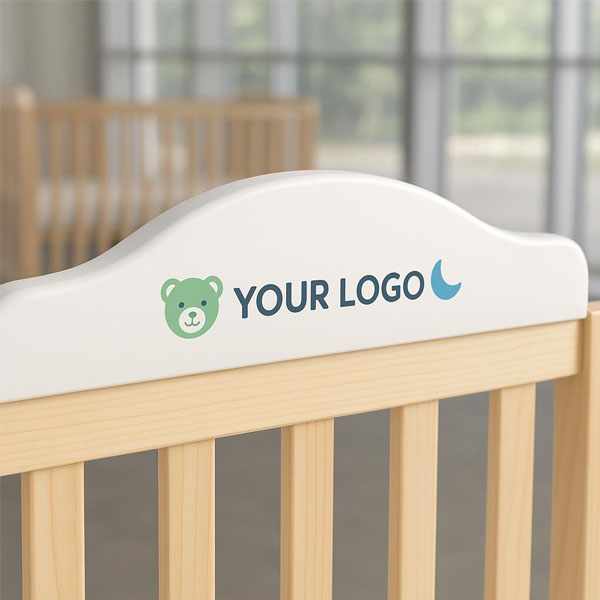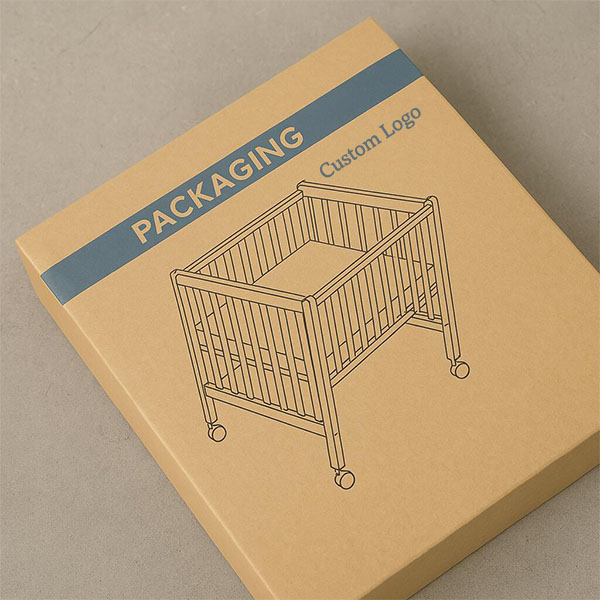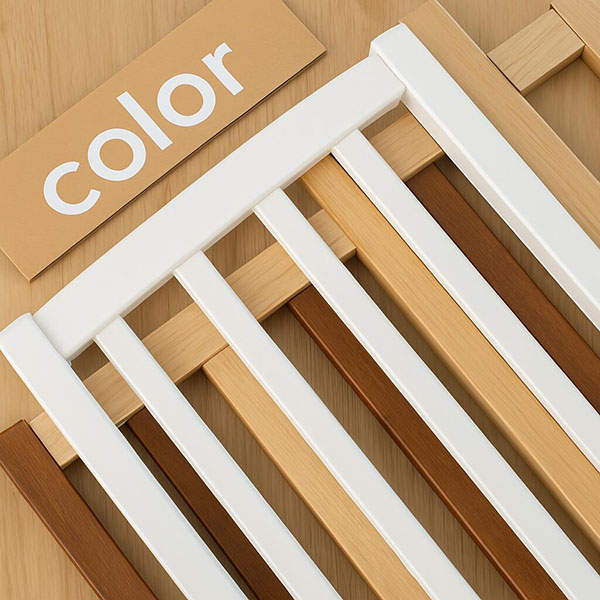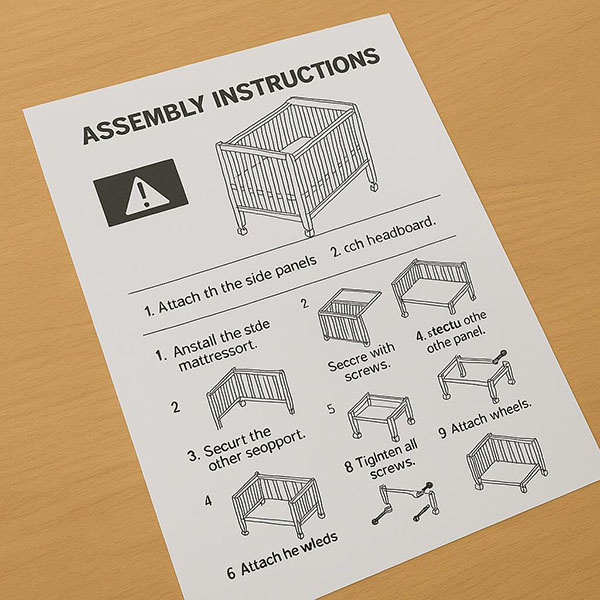Can a baby sleep in a wicker basket?
Wicker baskets look cozy and natural, but are they safe enough for your newborn’s sleep? Many parents love the look—but hesitate when it comes to safety.
Yes, a baby can sleep in a wicker basket if it meets safety standards, has a firm mattress, and is used under supervision. Not all wicker baskets are designed for infant sleep.
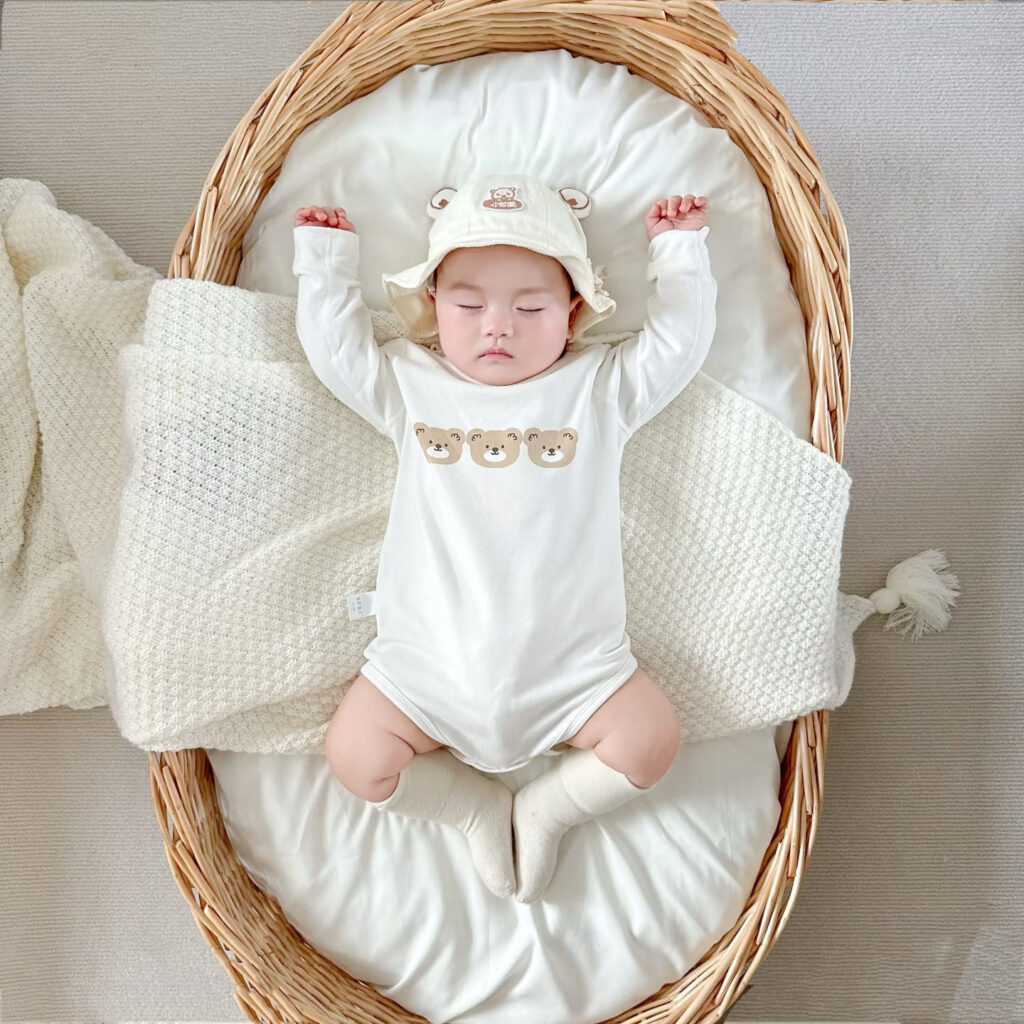
If you’re thinking of using a wicker basket instead of a bassinet or crib, keep reading. There are some important risks and rules to consider.
Are all wicker baskets safe for newborn sleep?
Not all baskets are made for babies—even if they look similar.
No, only specially designed Moses baskets made for infant sleep are considered safe. Decorative or storage baskets are not safe for sleep.
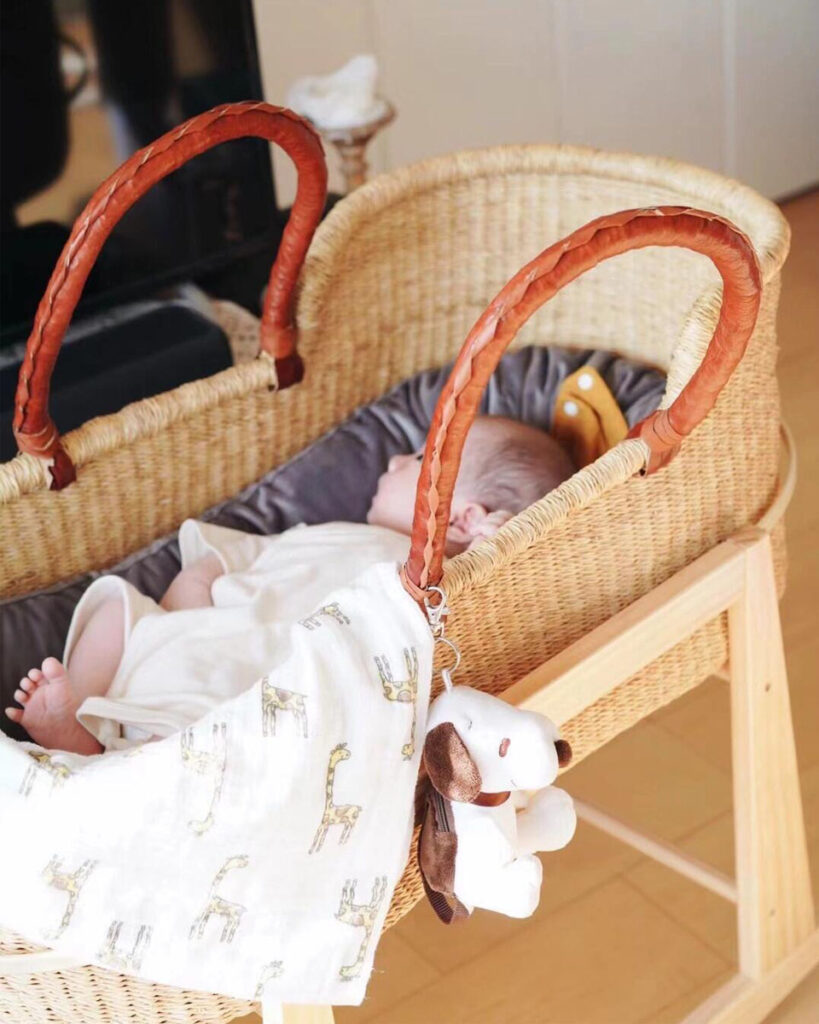
Safety-tested vs. decorative baskets
Moses baskets are a specific category of baby bedding. They are made to be firm, breathable, and stable. These are usually tested for infant safety and sold with proper bedding and certifications.
On the other hand, decorative wicker baskets found in craft or home stores might look similar, but they aren’t built for safety. They may have sharp edges, toxic finishes, or weak construction that could tip or collapse under weight.
To make sure you’re using a safe sleeping basket, check for:
- A tight, firm-fitting mattress
- Flat sleeping surface
- No frayed or sharp wicker edges
- No added pillows, blankets, or padding
| Basket Type | Safe for Sleep? | Why / Why Not |
|---|---|---|
| Certified Moses | Yes | Designed for newborns |
| Storage Basket | No | Not tested for infant safety |
| Handmade Basket | Sometimes | Depends on materials + structure |
Don’t forget the stand
Some Moses baskets come with a rocking or fixed stand. This adds height and ventilation, but it must be stable. Never place a basket on an elevated surface unless it’s secured by a proper stand.
How long can a baby sleep in a wicker basket?
Babies grow fast, and baskets don’t stretch.
Most babies can sleep in a Moses basket until they’re about 3–4 months old or when they begin rolling over.
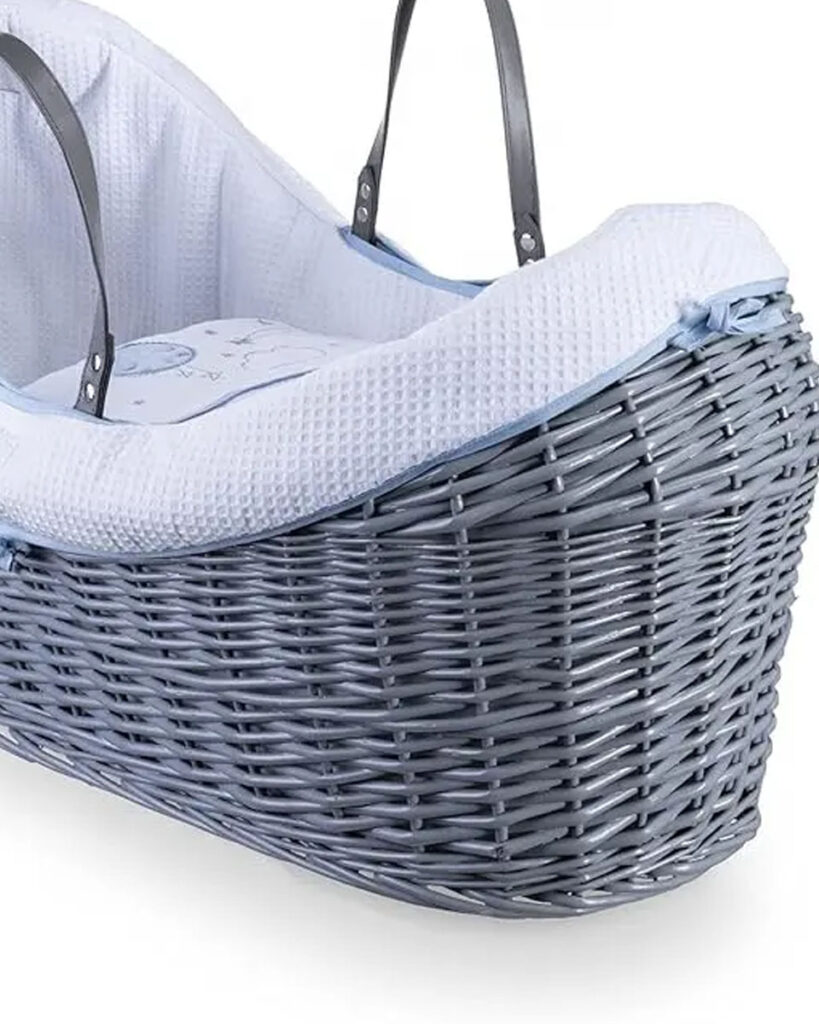
Weight and mobility limits
Wicker baskets aren’t designed for active infants. Once your baby can roll, push up, or sit, the basket becomes a fall risk. Some baskets have a weight limit of 15–20 lbs (6.8–9 kg), but movement is a more important factor than weight.
That means most babies outgrow their baskets between 8–16 weeks. Always follow the manufacturer’s guidance—and trust your baby’s development signs.
My own experience
When my son was born, we used a Moses basket for the first three months. It was easy to move around the house, felt cozy, and gave us peace of mind. But the moment he started rolling to one side, we moved him into a crib. It’s a small window—but a convenient one.
What are the pros and cons of using a wicker basket for baby sleep?
It’s cute and compact—but also limited.
Wicker baskets are portable and natural-looking, but they lack long-term use and must meet strict safety standards.

The upsides
Wicker Moses baskets are often made of breathable, eco-friendly materials like palm leaf or maize. They are lightweight and easy to carry from room to room. Many parents like the aesthetic—warm, organic, and minimal.
They also provide a smaller sleeping space, which helps newborns feel secure (like in the womb). Plus, they’re often more affordable than large bassinets or cribs.
The downsides
They’re not a long-term solution. Within 3 months, you’ll need to move the baby into a crib. Also, not all baskets are created equal. Poor-quality weaves may break down, and not all are certified for safety.
Another drawback: many baskets don’t come with a stand. Placing them on a bed or couch is a hazard, so you’ll need to invest in a solid base.
| Pros | Cons |
|---|---|
| Portable and lightweight | Short usage period |
| Natural, breathable design | Some lack proper safety features |
| Budget-friendly options | May need separate mattress/stand |
Conclusion
A baby can sleep in a wicker basket—but only if it’s a certified Moses basket with a firm, flat base and used safely within the first few months.




